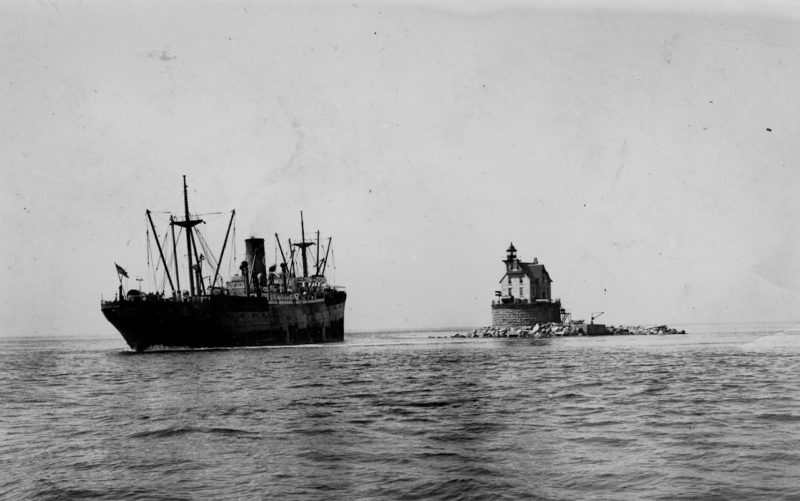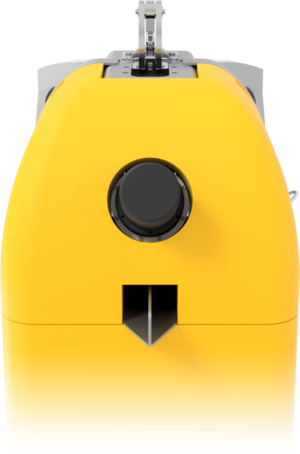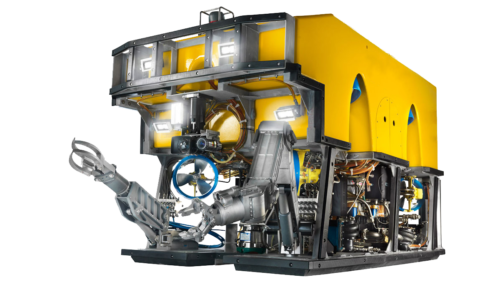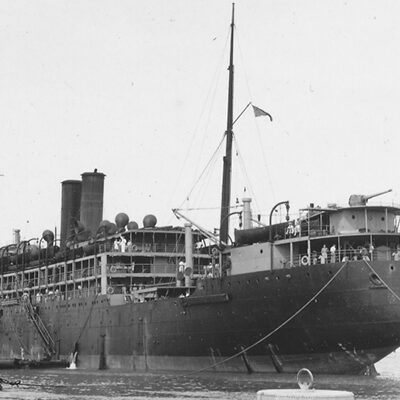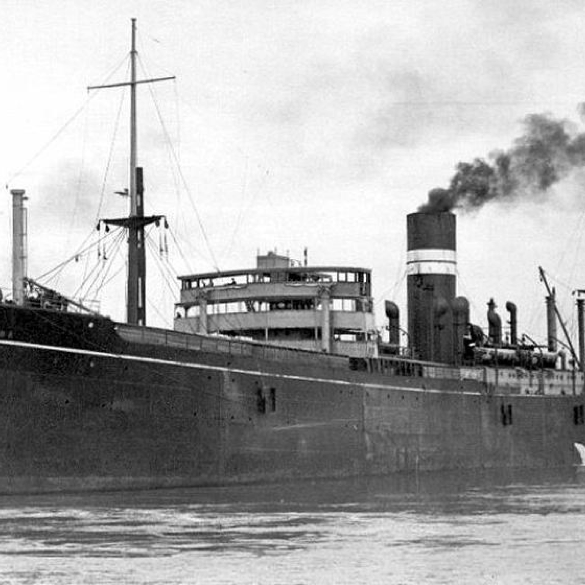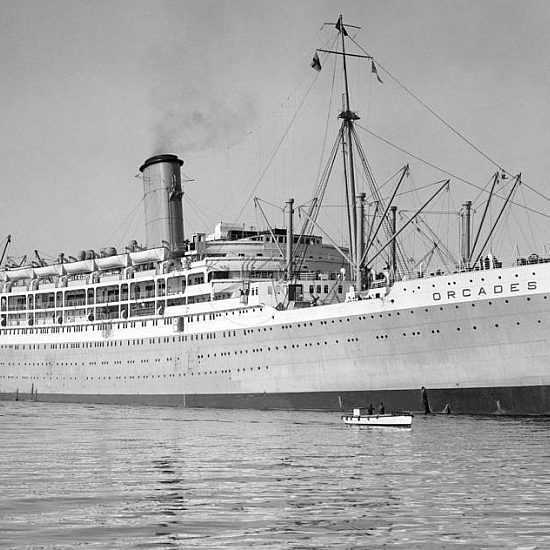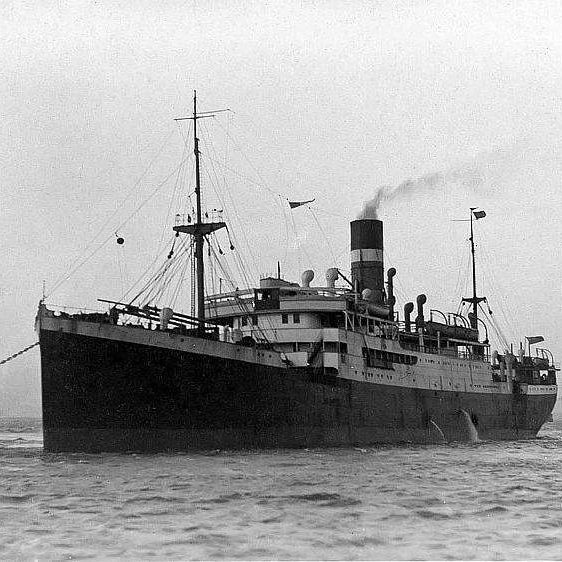S.S. Coloradan
The last journey
The Attack
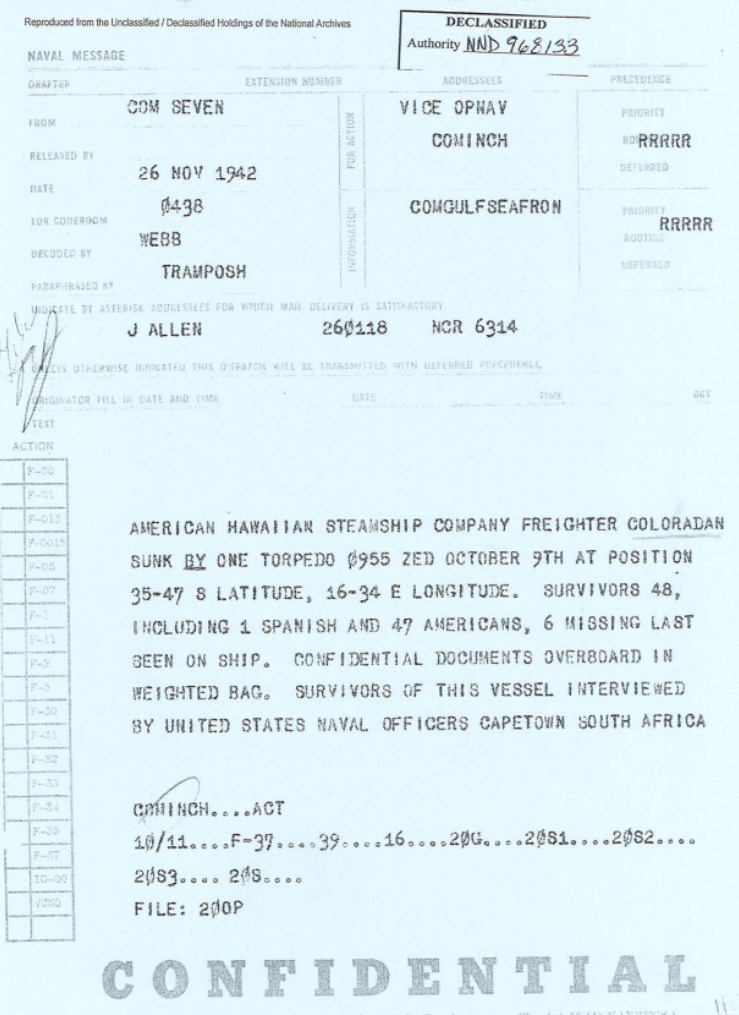
Torpedo Report
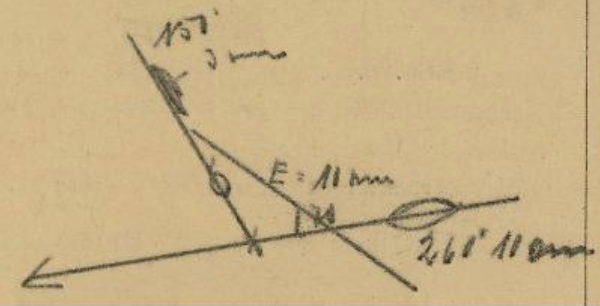
Cleaned-up sketch from Witte’s Torpedo Report showing Coloradan in lower right moving to the left and U-159 in upper left, with torpedo below that on intercept course.
She carried 54 souls and a mixed cargo including some 3 tons of gold precipitates.
The ship was torpedoed by the German submarine U-159, 250 miles SW of Cape Town, South Africa and sank in deep water.
- Large cargo of manganese ore
- Some general cargo
- 3 tons of drums of gold precipitates
- Spotted by U-159
- Struck by one torpedoe
- Sunk 250 nm from Cape Town
THE KRIEGSMARINE CAPTAIN
''A pleasant voyage & good liberty''
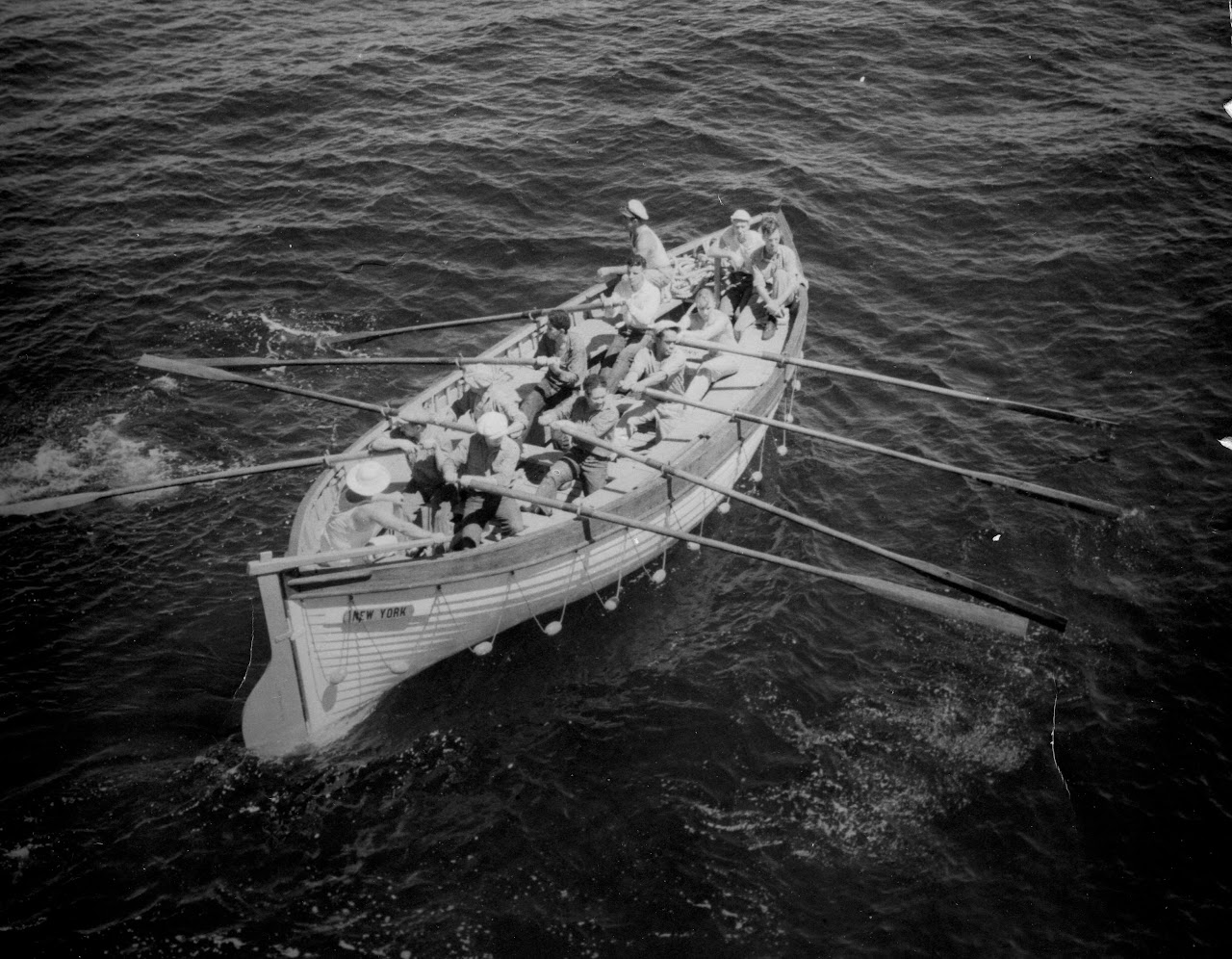
The crew
The 48 survivors quickly launched the two lifeboats...
- 6 crew members were lost in the after house of the ship. Survivors were split 23 in boat 2 and 26 in boat 1
- Men from boat 2 were picked up by the British destroyer HMS Active and then landed in Cape Town on October 14th.
- 15 of them were aboard the Dutch motor passenger ship Zaandam, which was sunk by U-174 on November 2nd: 6 of the Coloradan survivors died.
- The 9 survivors were eventually repatriated to New Orleans aboard SS Gulfstate then SS Yarmouth on November 29th, 1942.
S.S. Coloradan
The search
The search site was some 250 miles from land. The water depth was in excess of 4,700 meters.
THE SEARCH
Located by MAK iX
On inspection, the wreck was found to be of an armed freighter, with the bow section some 400m from the main body of the ship.
S.S. Coloradan
Confirming the find
CONFIRMING THE FIND
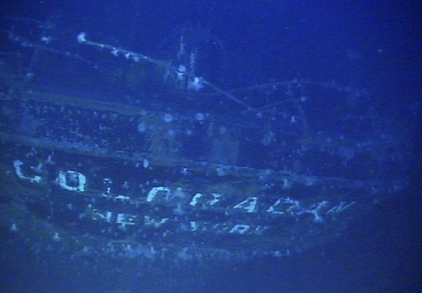
The Recovery Operation
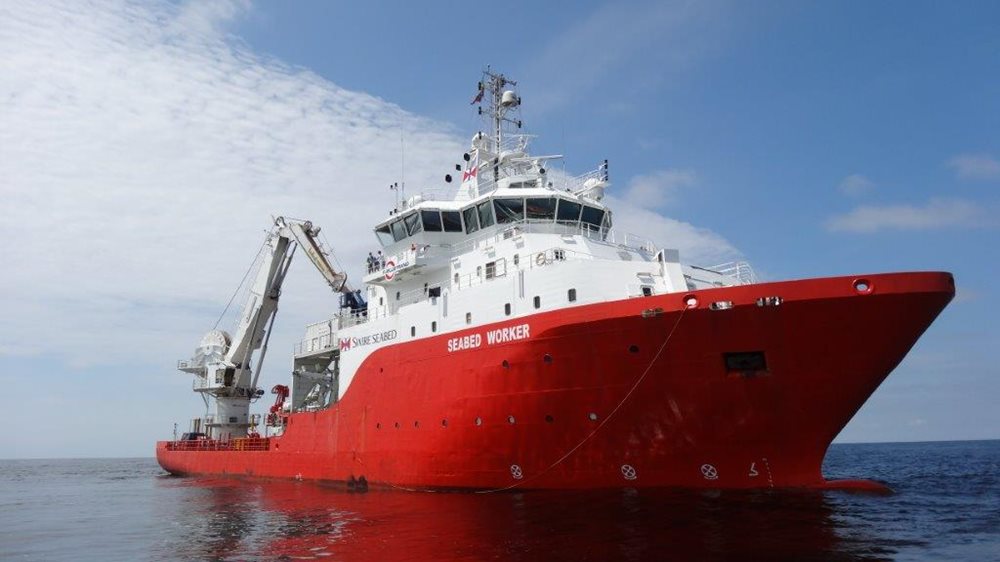
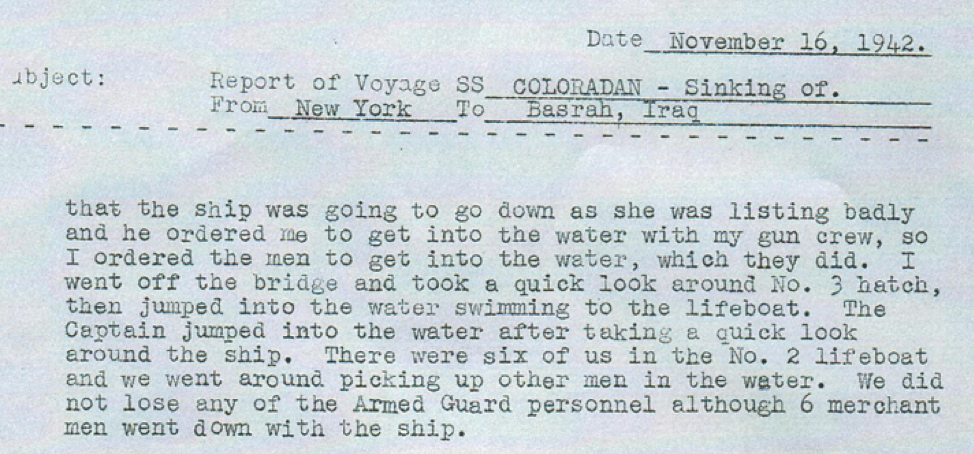
DOS undertook the salvage operations in 2016 from the vessel Seabed Worker.
The location of the drums within the wreck was unknown. However, an unusual remark made by the commander of the armed guard (see an extract from his report) indicated an interest in the condition of hold 3 hatch. After the systematic checking of holds 4, 5 and 6 for indications of the cargo (holds 1 and 2 having completely collapsed), No. 3 hold, which was partially collapsed and chaotic was carefully inspected. Nothing being visible, it was decided to remove part of the shelter deck and remaining bridge structure and decks to expose the collapsed hold 3.
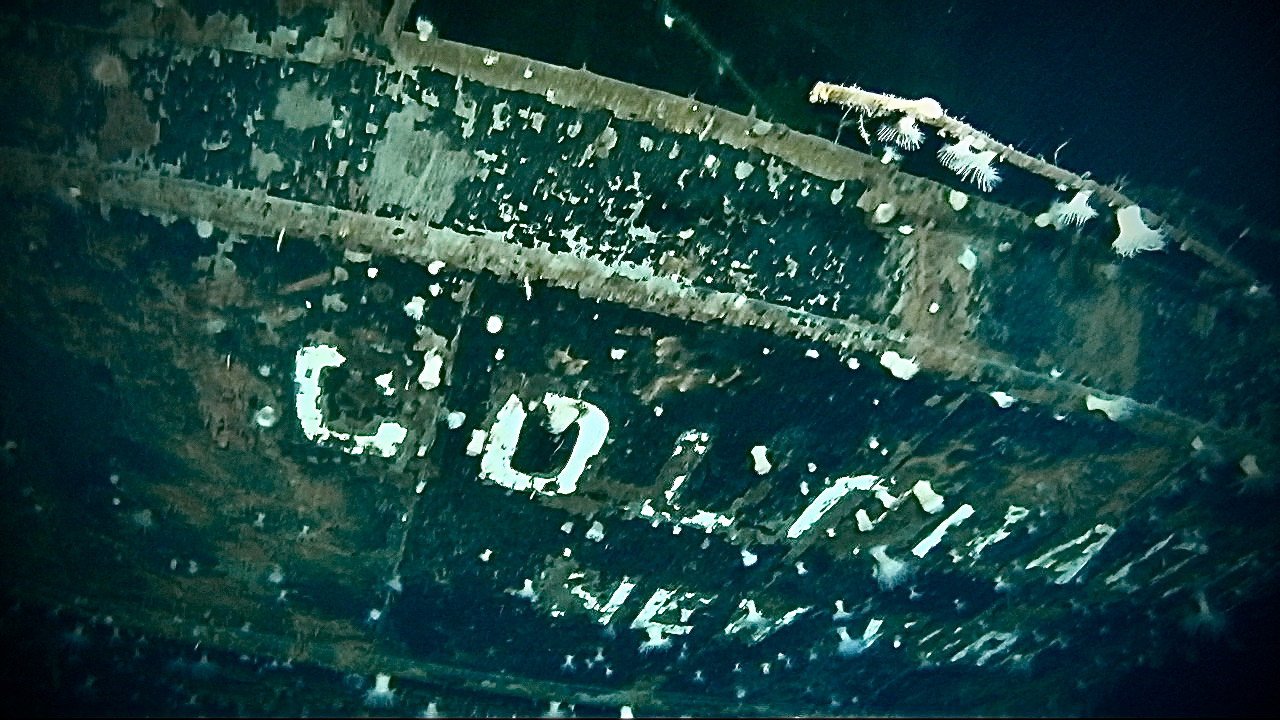
The first drum was finally seen here, partially hidden under debris of all kinds.
The photos below show drums Nos.1-3 found after steel debris and wooden planking had been cleared away. First drums on deck: analysis confirmed the nature of the cargo.
As per the requirement of United Kingdom Salvage Law, the recovered cargo was delivered to Southampton into the control of the Receiver of Wreck at the Department for Transport.
The Receiver held the cargo for the requisite period to determine the ownership and subsequently a salvage award was made.



